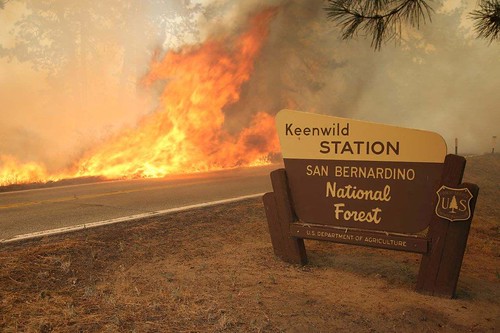A new study from the Journal of Geophysical Research: Atmospheres suggests that naturally caused forest fires emit three times as much pollution as previously estimated. The pollution is in the form of particulate matter, which is one of the most dangerous forms of pollution. These measurements were compared to controlled forest fires intentionally set, and the findings showed that controlled fires produced less particulates.

Richard Waring, Island Press author of Forests in our Changing World responded to the findings, saying: "The article that you provided the link to is sound, and no doubt representative of big 'campaign-type' fires in the western US and Canada where the dominant vegetation is primarily resinous conifers. I doubt the same amount of pollution would be generated by burning deciduous hardwood forests. Last year, my colleague Nicholas Coops and I published a paper focused on predicting wildfires in response to changing climatic conditions. In that publication, we recognized that the frequency of mega-fires is likely to increase as conditions continue to warm. The real solution is to cut pollution from burning fossil fuels, and to do so post-haste. Pollution from forest fires is a feed-back response, not the cause of the problem."



